Organize Projects for Success using Epics and Features
In our second blog of this Azure DevOps series, we dive into discussing how to effectively prioritize and organize work items that are essential for success in project management. Epics and features are two words that are frequently used in this context. We will examine the distinctions between epics and features and go over when to use each one.
An epic is a significant piece of work that symbolizes a project’s grand, overarching objective or goal. It provides the project with a strategic perspective and acts as the highest level of grouping. Epics are frequently used to specify key features or parts of a system.
In contrast, features are more precise and detailed than epics. They stand for distinct capabilities or features that help achieve the goals described in the epics. User stories or tasks can be subdivided into features, which are subcomponents of epics.
Together, epics and features offer a hierarchical structure for classifying work items. While features divide the work into smaller, more manageable parts, epics define the overall scope. As an illustration, if the epic is “Account Management,” one of its features might be “Account Creation.” Features enable more thorough planning, requirement identification, and work assignment.
Using epics and features to build a hierarchy has various advantages. It facilitates structure and allows teams to maintain alignment and focus. It is simpler to recognize dependencies, prioritize activities, and allocate resources efficiently when relevant objects are grouped together.
Additionally, the hierarchical structure permits concurrent work. Team members with a variety of skill sets can work on several features at the same time, increasing productivity and efficiency. Additionally, it makes it possible to adopt agile approaches like sprints, where work can be split up into small chunks, enabling better planning and progress monitoring.
Tools for managing and organizing projects successfully include epics and features. Epics offer a high-level perspective and specify the main goals while features divide the work into distinct parts. Project teams may stay organized, prioritize activities, recognize dependencies, and guarantee efficient communication in the direction of project success by using this hierarchical structure. Project management procedures and results can be greatly enhanced by being aware of the distinctions between epics and features as well as when to employ each of them.
Check out our podcast episode All About Azure DevOps, part 1 where we discuss this topic and more! Ep 23 – All About Azure DevOps, part 1 – Dynamics Hotdish
Come back next week for a deep dive on how to effectively write User Stories for development.
